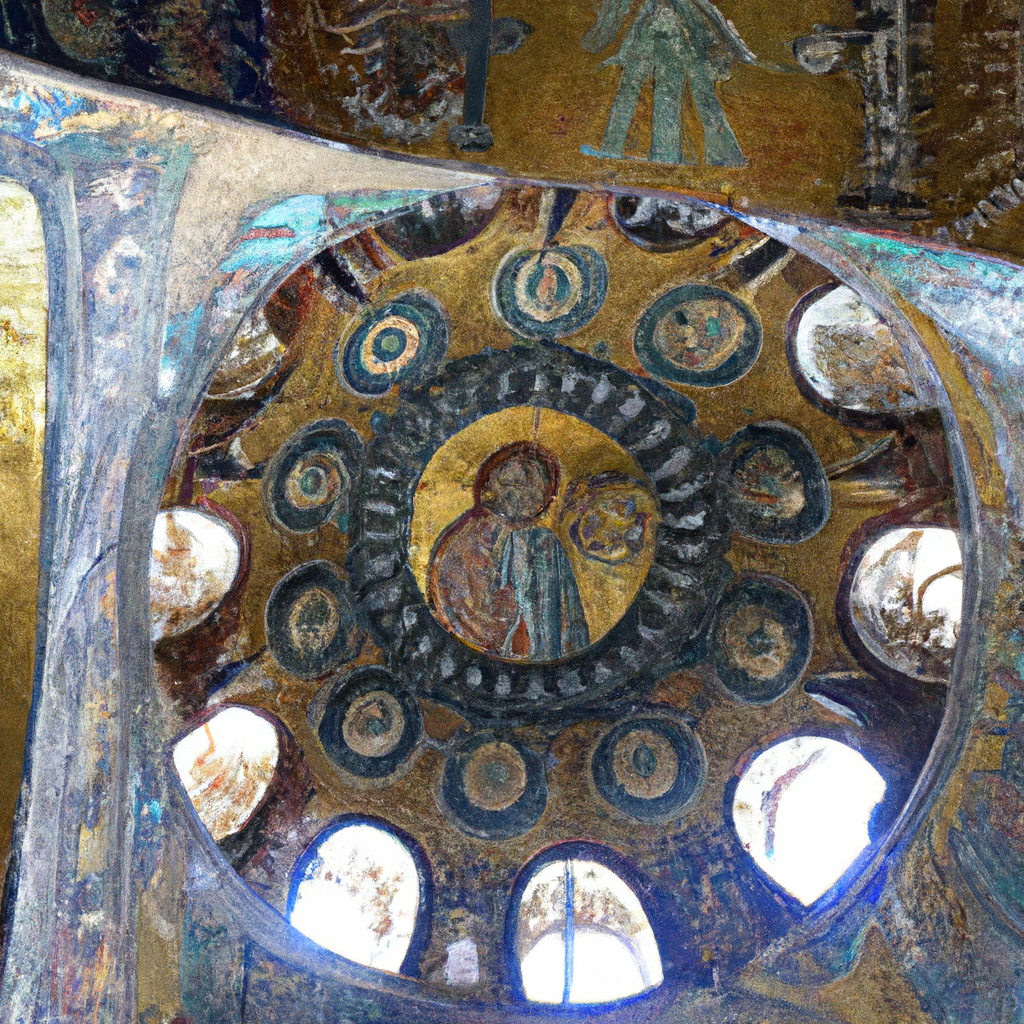Mosaic art has been a popular form of artistic expression for centuries. It involves the use of small pieces of glass, stone, or other materials to create a larger image or design. The history of mosaic art dates back to ancient civilizations such as the Greeks and Romans, who used it to decorate their buildings and public spaces. Over time, mosaic art has evolved and become a significant part of different cultures around the world. In this article, we will explore the history and cultural significance of mosaic art, as well as the techniques and designs used in this form of art.
History of Mosaic Art:
The earliest known examples of mosaic art date back to the 3rd millennium BCE in Mesopotamia. However, the Greeks and Romans are credited as being the pioneers of mosaic art. They used small pieces of stone or glass to create intricate designs and images on walls, floors, and ceilings of their buildings. Mosaics were also used to create public art, such as murals and sculptures.
During the Byzantine period, mosaic art became more intricate and sophisticated. Byzantine artists used a wide range of materials, including gold leaf, to create mosaic designs that were often religious in nature. Byzantine mosaic art is known for its bright colors and intricate details, which were often used to depict religious figures and scenes.
In the Islamic world, mosaic art became popular during the 8th and 9th centuries. Islamic mosaics were often used to decorate mosques and other religious buildings. They were made with a range of materials, including colored glass, ceramic, and stone. Islamic mosaics are known for their geometric patterns and intricate designs, which often incorporate calligraphy and other decorative elements.
Cultural Significance of Mosaic Art:
Mosaic art has played an important role in different cultures throughout history. In many cultures, mosaics were used to decorate public buildings, such as temples, churches, and mosques. They were also used to create religious art, such as murals and sculptures, which were often used to tell stories or convey important messages.
Mosaic art has also been used to create portraits of important people, such as kings, queens, and other notable figures. In ancient times, mosaic art was often used to depict scenes from daily life, such as hunting and farming. In more recent times, mosaic art has been used to create abstract designs and patterns, which are often used to decorate homes and public spaces.
Mosaic Art Techniques:
Mosaic art involves the use of small pieces of glass, stone, or other materials to create a larger image or design. The pieces, known as tesserae, are often cut into specific shapes and sizes before being arranged into a design. There are several techniques used in mosaic art, including:
1. Direct Method: In this technique, the tesserae are directly applied to the surface using an adhesive. This method is often used for small-scale projects.
2. Indirect Method: In this technique, the tesserae are first arranged on a temporary surface, such as paper or mesh. The design is then transferred to the final surface using an adhesive.
3. Double Indirect Method: This technique is similar to the indirect method, but the design is first transferred onto a transparent material, such as glass, before being transferred to the final surface.
Mosaic Art Designs:
Mosaic art designs can range from simple geometric patterns to intricate scenes and portraits. Some of the most popular designs include:
1. Geometric Patterns: These designs often incorporate repeating shapes, such as squares, triangles, and circles, to create a larger pattern.
2. Floral Designs: These designs often incorporate flowers and other natural elements to create a decorative pattern.
3. Portraits: Mosaic portraits are often created using small pieces of glass or stone to create a detailed image of a person.
4. Religious Scenes: Mosaic art is often used to create scenes from religious texts, such as the Bible or the Quran.
Conclusion:
Mosaic art has a rich history and cultural significance that spans centuries and different cultures around the world. From the Greeks and Romans to the Byzantines and Islamic cultures, mosaic art has been used to create beautiful and meaningful works of art. Today, mosaic art continues to be a popular form of artistic expression and is used to decorate homes, public spaces, and religious buildings. Whether simple or intricate, mosaic art is a testament to the beauty and creativity of human expression.







